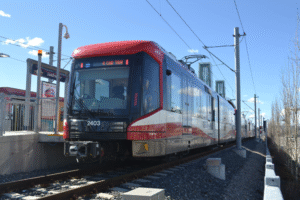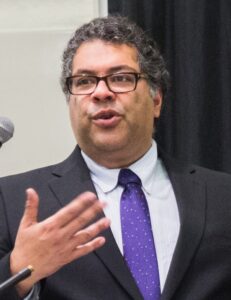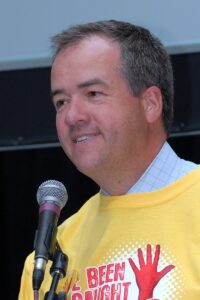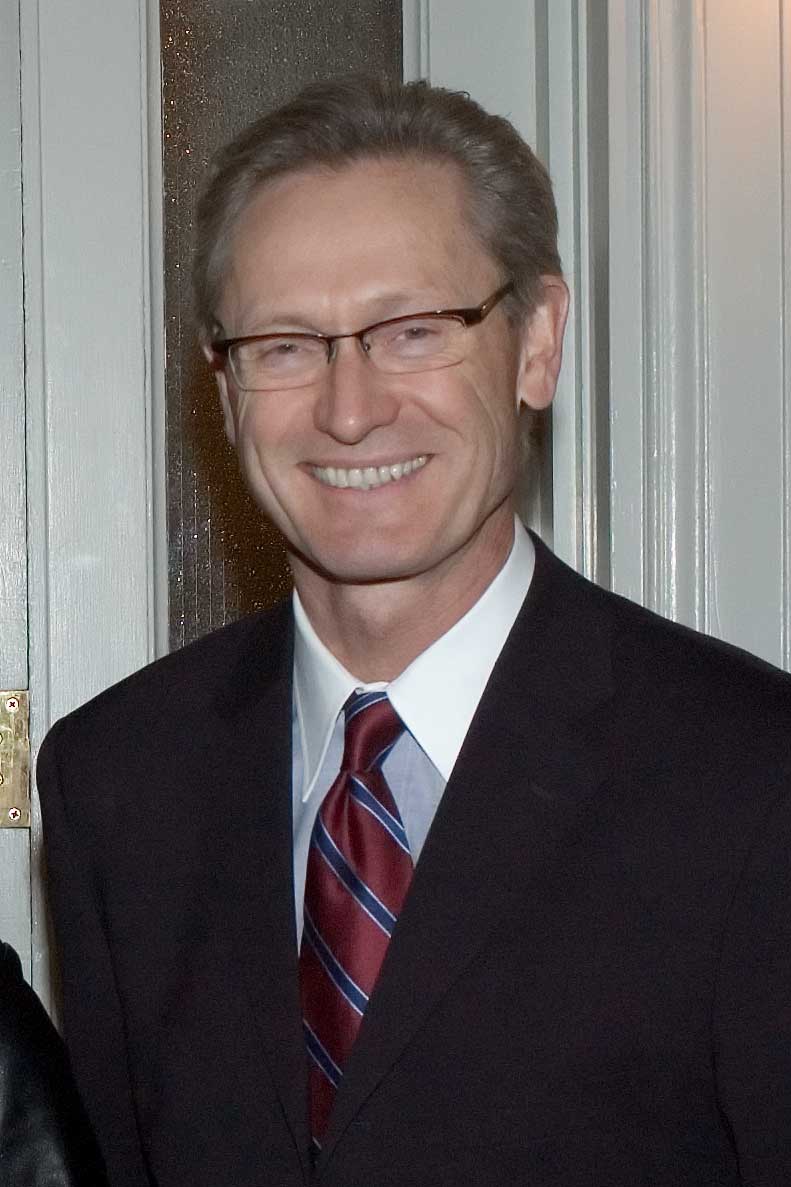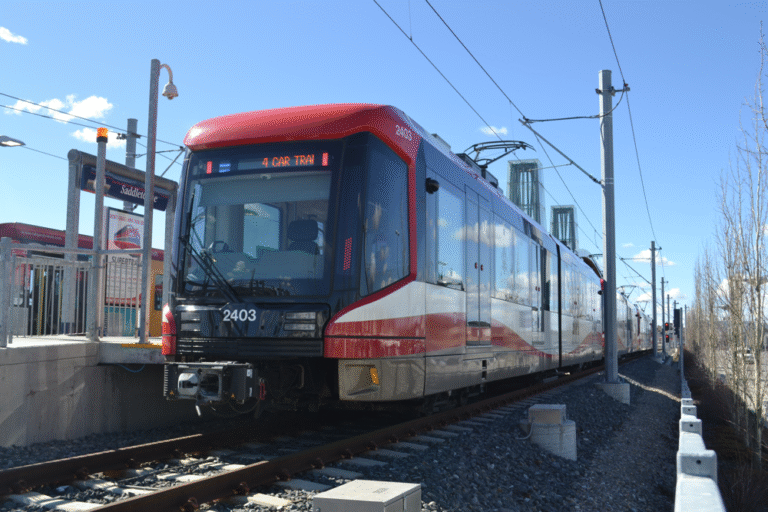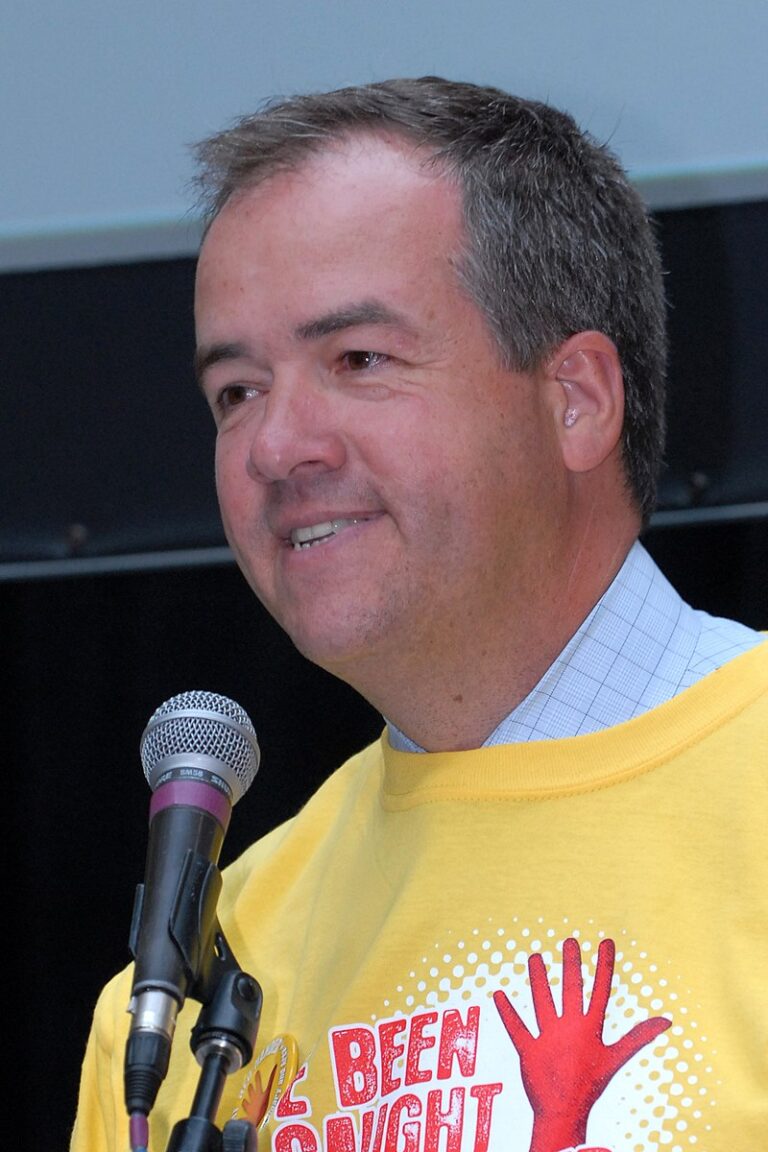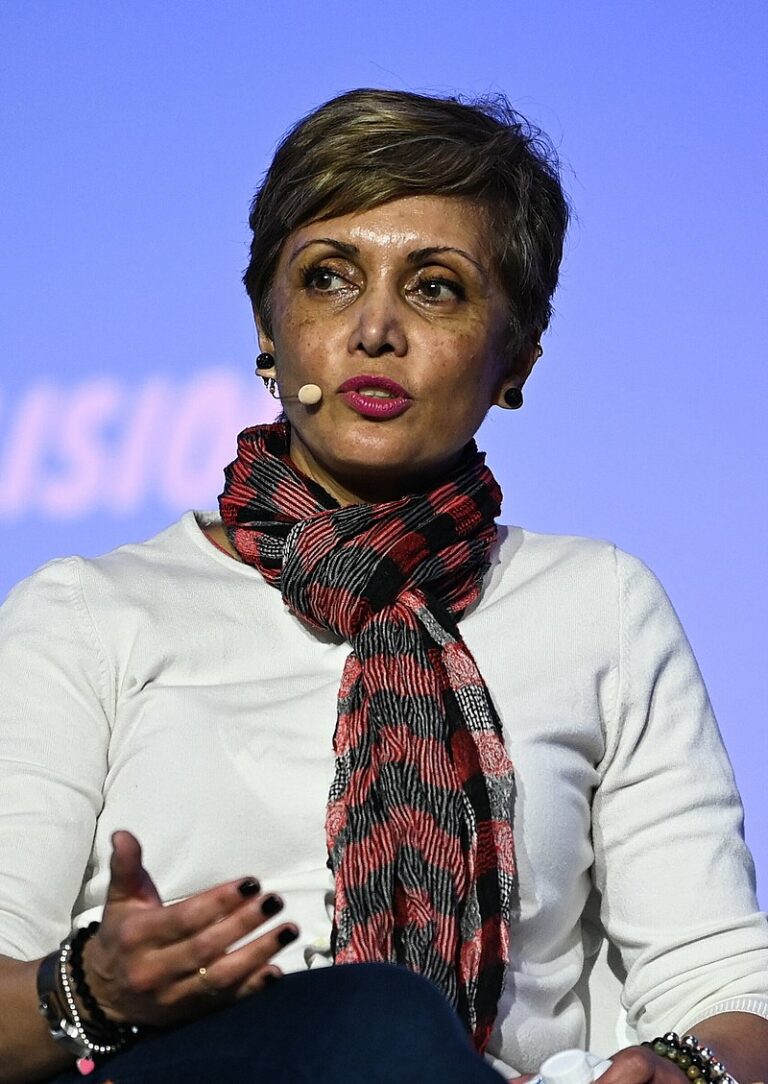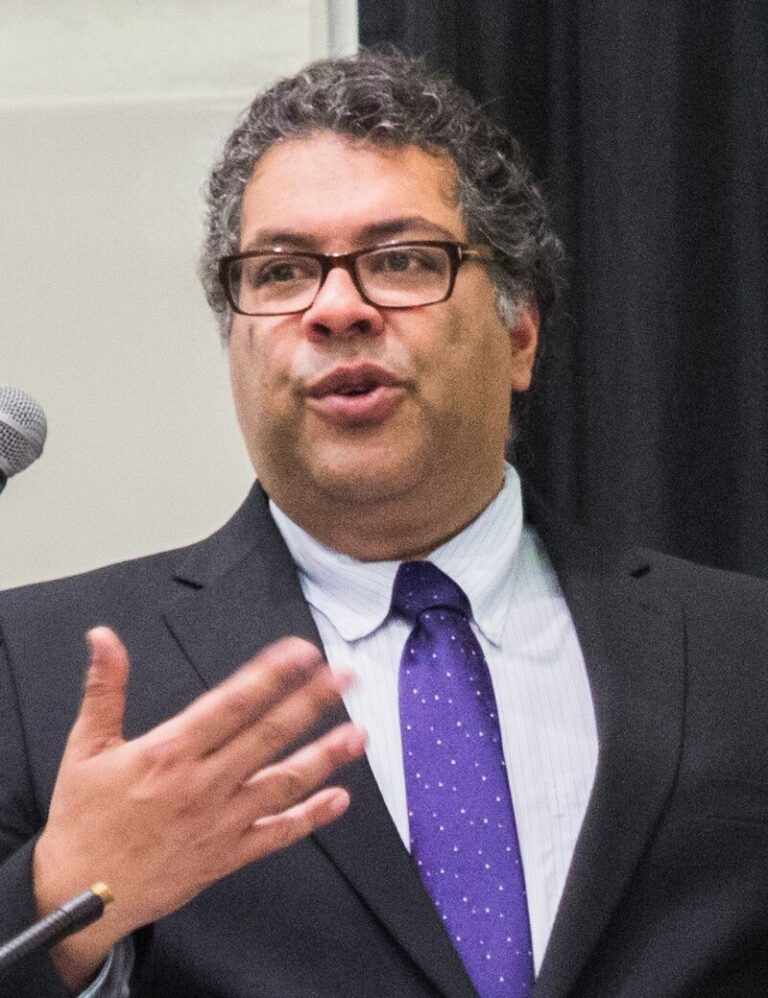1990s: Mayor Al Duerr – Post-Recession Challenges and Fiscal Restrain
In the mid-1990s, Calgary was emerging from an early-’90s economic downturn. Under Mayor Al Duerr (elected 1989 and re-elected in 1992, 1995, 1998), the city’s priority was financial stabilization. Duerr inherited a $1.2 billion municipal debt and faced drastic provincial funding cuts as Alberta’s government (Premier Ralph Klein’s “Klein Revolution”) slashed city grants from ~$100 million to $25 million. Duerr’s administration responded with cost control measures – notably a property tax freeze from 1994–1997, unprecedented in Calgary’s history. This fiscal restraint, coupled with debt repayment efforts, was a cornerstone of Duerr’s tenure and a key campaign selling point. By 1995, public satisfaction with Duerr was extremely high (86% approved of his performance), and he faced only token opposition for re-election. Voter polling at the time reflected respect for Duerr’s leadership and some frustration with council infighting – 58% of Calgarians felt City Council “spent too much time squabbling over petty issues”, even as a strong majority felt the city was well-managed overall.
Campaign issues in the 1995 and 1998 elections: With Mayor Duerr’s popularity, no single challenger or issue seriously threatened him. However, the role and scope of city services did arise as a theme. In the mid-’90s climate of privatization, polls showed a majority of Calgarians actually opposed privatizing core utilities (water, power, sewers), preferring they remain city-run – a stance Duerr’s council heeded. During the 1998 election, public policy debates were catalyzed by plebiscites on two issues: water fluoridation and video lottery terminals (VLTs). Calgary had introduced fluoride into the water after a 1989 plebiscite; in 1998 voters were asked whether to continue fluoridation – and Calgarians voted “Yes” to keep fluoridating water, affirming public health policy. The VLT question, reflecting concerns over gambling, asked if the City should request provincial removal of all VLT machines. Duerr supported removing the VLTs, citing social concerns, while his main opponent (Alderman Ray Clark) argued to keep VLTs under City control. A majority of voters ultimately rejected removing VLTs (144,000 “No” vs 105,000 “Yes”), even as they re-elected Duerr as mayor by a wide margin. Overall, late-90s campaign discourse revolved around fiscal prudence, core services, and community wellbeing, with Duerr championing low taxes and collaborative initiatives (for example, his Task Force on Community & Family Violence produced 66 recommendations, almost all implemented). By the decade’s end, Calgary’s economy was recovering and population growth was ticking up again, setting the stage for the growth-focused debates of the 2001 election.
2001: Leadership Transition and the Infrastructure Gap
Calgary’s 2001 municipal election was a pivotal one: Al Duerr retired after 12 years, leaving an open race in a city experiencing rapid growth pressures. The 1990s had ended with Calgary’s population surging (the city grew by over 300,000 people from 1980 to 2001) and sprawling outward into new suburbs. This created a major campaign theme in 2001: the speed of growth versus the lagging infrastructure. All major candidates acknowledged that Calgary’s roads, transit, and utilities were struggling to keep up with the booming population and expanding city footprint.
Key candidates and campaign platforms in 2001: Four-term Councillor Bev Longstaff sought to become Calgary’s first female mayor, running on a platform that growth needed smarter management. She argued that continuing to simply sprawl outward and build more roads was unsustainable. Longstaff advocated for investing in public transit, introducing carpool lanes and cycling infrastructure, and encouraging higher-density development – she was ahead of her time in calling for more urban density in Calgary. Fellow Alderman Dave Bronconnier, by contrast, emphasized a more expansionary approach: he proposed boosting the transportation budget to build new roads and expand the LRT (C-Train) network, and even suggested annexing land on Calgary’s periphery to accommodate growth. Another candidate, former MLA Richard Magnus, urged long-range planning (“plan 50–60 years ahead” rather than react to each growth spurt). And Alderman Ray Clark promoted the “Go Plan,” a growth blueprint aiming for a city of 1.25 million by 2024 with an emphasis on environmental quality, mobility, and affordable growth. Despite differing solutions, the candidates all focused on the infrastructure deficit created by 1990s growth: roads were congested, transit coverage hadn’t kept pace, and new communities often lacked adequate amenities.
Calgary’s rapid suburban expansion was a central issue by 2001. Candidates debated how to manage sprawl – whether by expanding roads and new suburbs or by investing in transit and higher-density development.
Election outcome 2001: Dave “Bronco” Bronconnier narrowly won, with 28.3% of the vote to Longstaff’s 26.4%, a margin of just over 4,200 votes. Longstaff’s strong second-place showed that a significant portion of voters resonated with her sustainable growth message (she even had Duerr’s public endorsement). Nevertheless, Bronconnier’s promise of visible action – pouring concrete for roads and LRT, and securing funds to do so – won the day. This election marked a shift from Duerr’s fiscally constrained 90s to an era of major city-building projects, as Calgary entered the 2000s energy boom.
